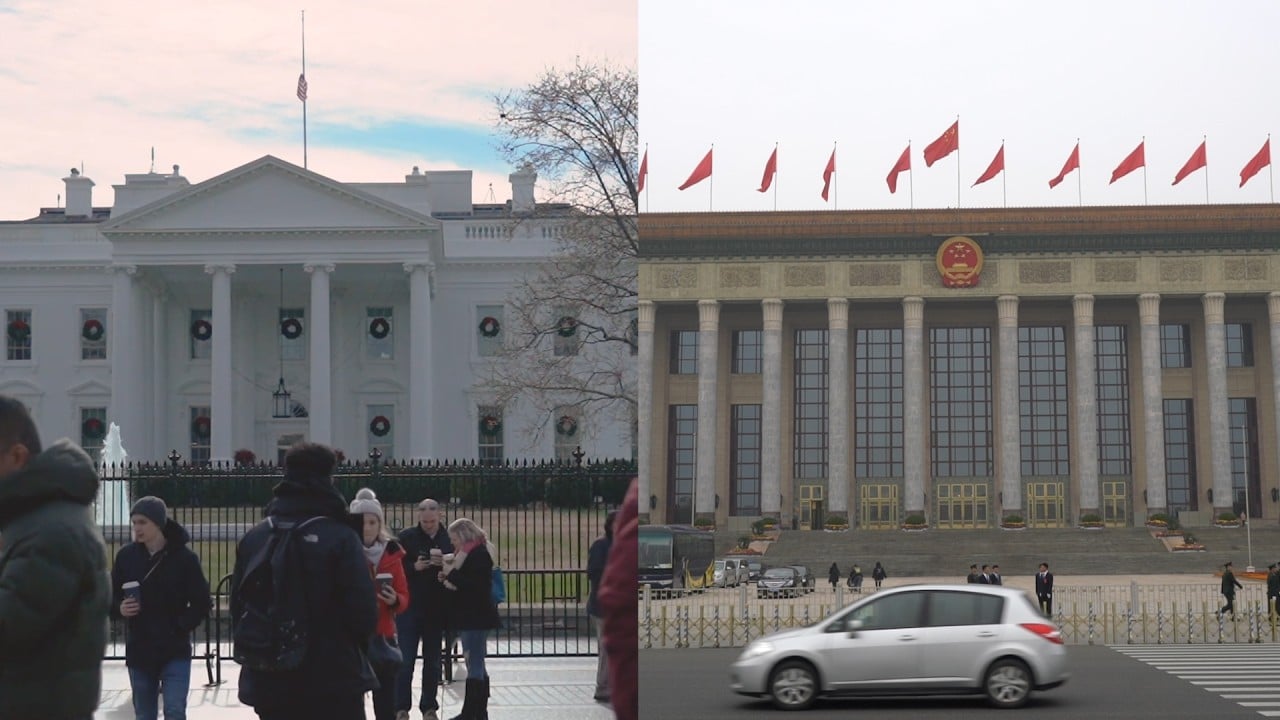
Coronavirus: WTO warns global trade on the brink as pandemic wreaks havoc on supply chains
- The World Trade Organisation’s leading trade index showed that global trade faced unparalleled challenges in the first quarter thanks to the coronavirus pandemic
- Beijing is braced for a demand shock later in the second quarter, with job losses and shutdowns in Western markets set to cripple imports from China
Global trade is “likely to fall precipitously in the first half of 2020” thanks to collapses in the automotive sector, container shipping and export orders, according to a report released by the World Trade Organisation on Wednesday.
The Global Trade Barometer plunged to 87.6, its lowest reading since launching in 2016. The baseline index is 100, with a reading below that suggesting a contraction.
The quarterly release from the Geneva-headquartered World Trade Organisation (WTO) is based on leading economic indicators, such as global export orders, international air freight volumes, container port throughput, automobile production and sales, as well as trade in electronic components and agricultural raw materials.
“All of these were well below trend in the index, which fell from 95.5 in February 2020. All of the barometer’s component indices are currently well below trend. The automotive products index (79.7) was weakest of all due to collapsing car sales in major economies. The sharp decline export orders (83.3) suggests that weak trade growth will persist in the short-run,” read the report.

02:06
Coronavirus pandemic creates ‘new Cold War’ as US-China relations sink to lowest point in decades
The results fit in with other indicators, which suggest an unparalleled collapse in shipments, as markets and economies around the world shut down to contain the spread of coronavirus.
The WTO had previously forecast the virus would lead to a contraction in global trade of between 13 per cent and 32 per cent this year, depending on how long the outbreak lasted.

05:59
Coronavirus: What’s going to happen to China’s economy?
“Growth was held back by persistent trade tensions and by slowing economic activity in major economies,” the WTO said.
But many analysts expect a dramatic collapse in May and June.
Major markets have been shut, while consumer demand around the world is not set to recover until the second half of the year, and even then it is likely to be a gradual improvement.
Job losses continue to mount around the world. In the US, jobless claims have risen to 36 million since the start of coronavirus lockdowns, data released last week showed. China’s jobless figures are less transparent, but various estimations peg unemployment swelling from 20 million to 80 million due to the pandemic.
The inevitable hit to consumption that follows will act as a major drag on trade and economic growth over the coming year or two.
For decades, global trade growth outpaced that of gross domestic product (GDP) by a ratio of two-to-one. This narrowed through the financial crisis and the recovery, but the pandemic is set to cause a much greater shrinkage in global trade than GDP.
The International Monetary Fund has forecast a 3 per cent contraction in the world economy this year, much greater than even the most optimistic end of the WTO’s forecast spectrum for global trade.

